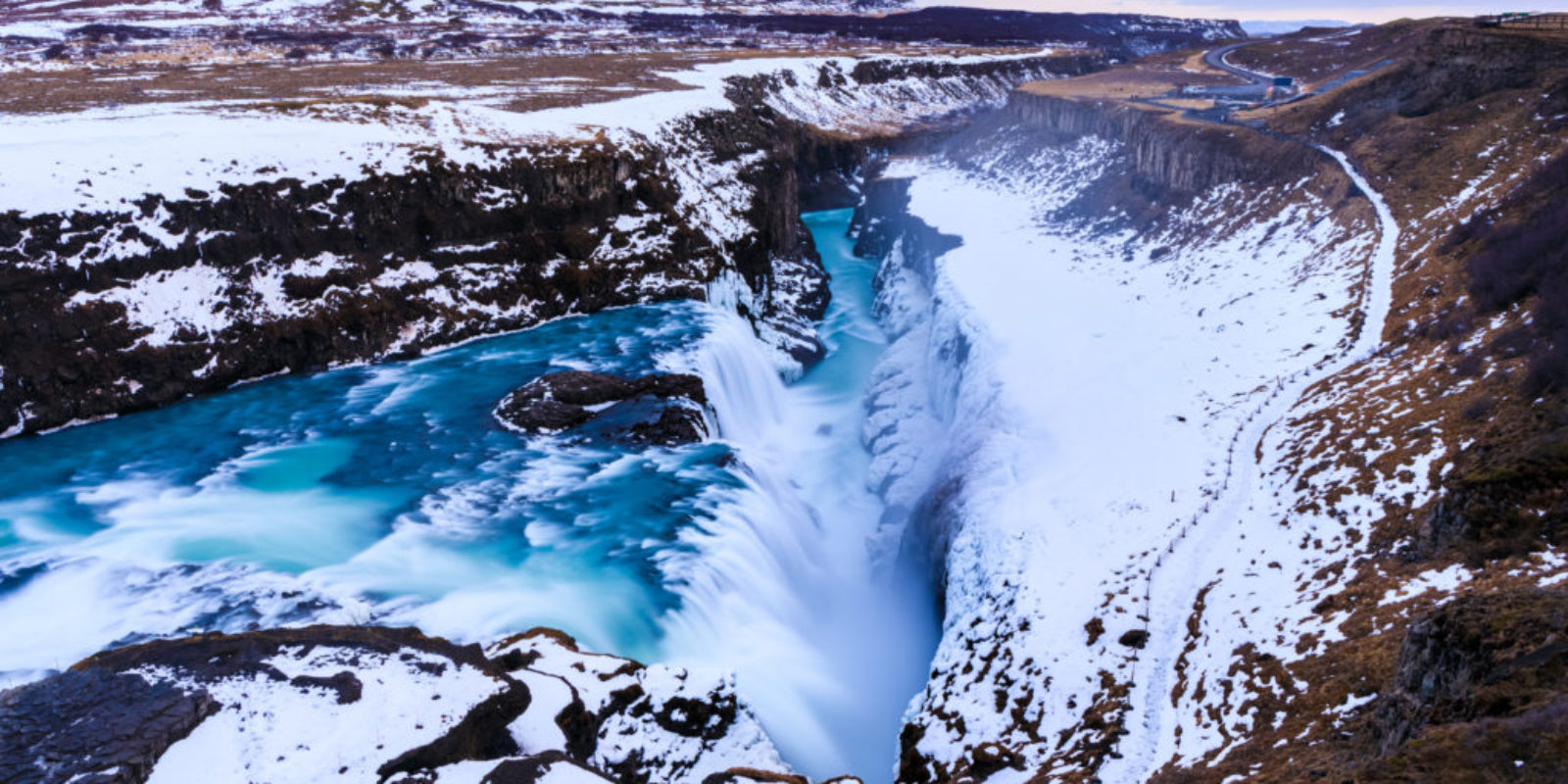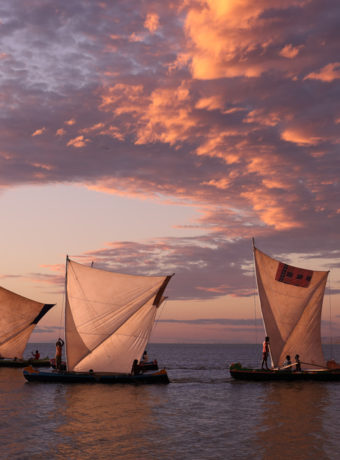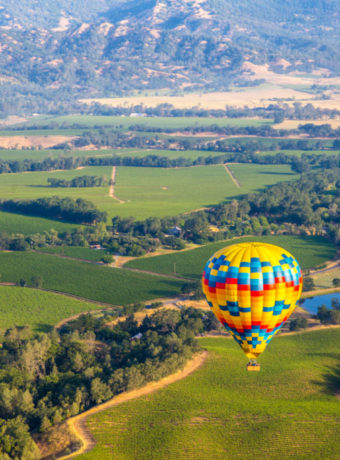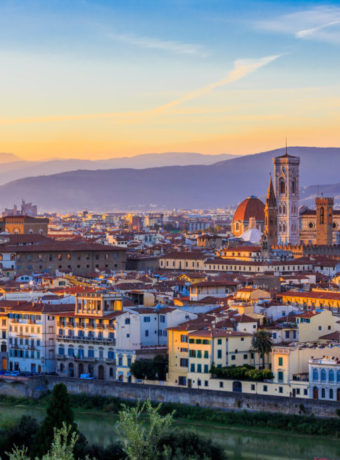For a lot of travellers, Iceland’s Golden Circle is the highlight of their trip. This 300km (186 miles) loop, which begins and ends in Reykjavik, is an easy introduction to the country. The majority of tours that leave from Reykjavik end up out here. But what exactly is the Golden Circle? Why do they call it that?
Thing One, Thing Two
The Golden Circle is called such because it is made up of three major destinations.Touring it can easily be done in a long day. In the summer, this is even easier since there are nearly 22 hours of daylight! The first destination is Þingvellir National Park, or Thingvellir (in English). Thingvellir was the site of the first Icelandic parliament (930AD). The Icelandic parliament is the world’s longest running democratic/representative parliament and the model for many modern-day governments. It is for this reason, not the next, that Thingvellir is a UNESCO World Heritage Site!
Thingvellir is also where the Eurasian and North American tectonic plates split. In most places, this split occurs underwater. Not so here though; the result is a series of ravines covered in a lush verdant moss. Iceland is the only country in the world where you can see this geological phenomenon above sea level. Glacial water runs through the ravines. The most famous is Silfra, where you can don a drysuit and scuba dive or snorkel between the tectonic plates. To dive, you must be PADI certified.
Geysers and Gullfoss

The second stop on the Golden Circle is the Haukadalur Valley and its famous geysers. I reached out to a geologist friend of mine to explain geysers in the simplest terms. I think they’re gorgeous, but I knew he could explain the science better!
“Groundwater percolates through the bedrock. As it approaches a heat source like a hot magma chamber it is heated to boiling point. In a geyser though you have the force of the cooler water on top pushing down (confining pressure) on this superheated water so the water is unable to expand and turn into steam. At some point though it the superheated water becomes hot enough or the confining pressure is reduced to allow this superheated water to turn into steam. But this steam now occupies a greater volume of space than it did as liquid water so it forces its way up the vent along with the cooler surface water that was confining this process at the beginning.”
The third and final stop along the Golden Circle is the powerful Gullfoss Waterfall. Located along the Hvita River, the waterfall is a stunning natural wonder that attracts the majority of Iceland tourists. In the summer, you can walk right out to the edge of the waterfall or raft on the river. In the winter, some tour companies offer glacial snowmobiling tours.

How to do the Golden Circle
There are several different ways to experience the Golden Circle. The first is self-driving or private driver. These two options allow you and your travel companions to stop at any place you feel like and take as much time as you’d like. Rental cars are expensive in Iceland, though, as are private drivers. However, driving yourself might be the cheapest option. A number of tour companies, including some of my Virtuoso preferred partners, host both day and multi-day trips. For day tours, you could possibly combine the circumnavigation with a rafting trip, horseback ride, or scuba dive.

Another option for visiting the Golden Circle is by helicopter or private plane. These private tours can take you to all of the major sites, and some of the minor ones, in a half day. In the winter, northern lights tours leave Reykjavik for the Golden Circle. These evening trips highlight the natural wonders of Iceland under the solar phenomenon.
Some of my partners also tie in a culture tour, where you’ll dine at a local’s house after exploring the Golden Circle. Want another luxurious experience? Ask me – we can make it happen.




